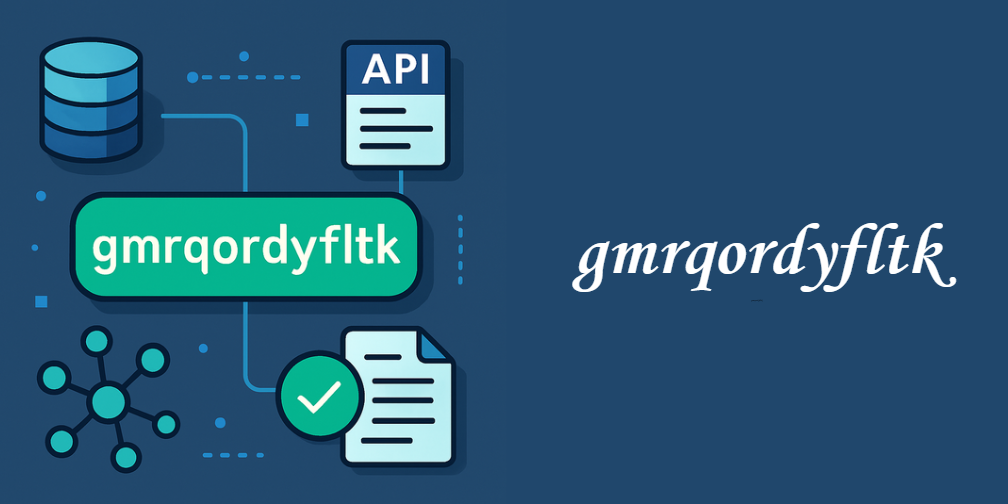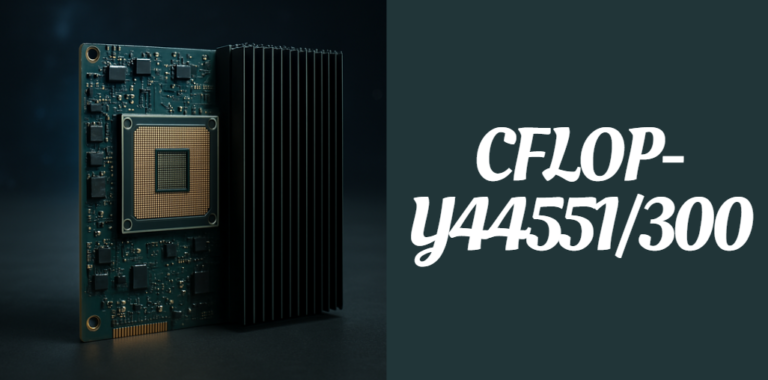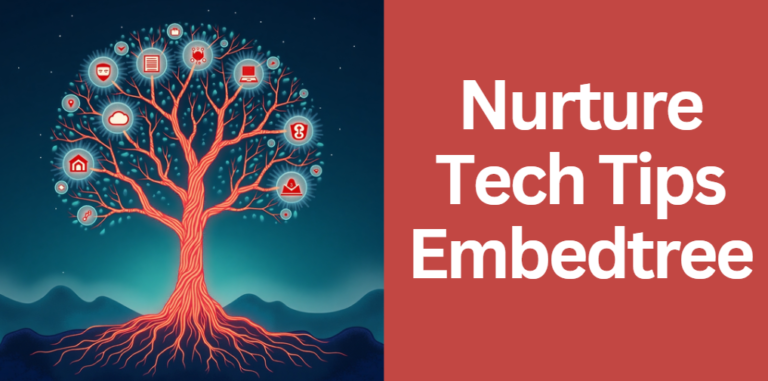Unlocking the Power of gmrqordyfltk: Your Complete Developer’s Blueprint
Meta Description:
Discover everything about gmrqordyfltk—from its origins and technical nuances to real-world implementations, performance tips, and security best practices. Elevate your projects and master this lightweight identifier today!
Understanding gmrqordyfltk
When you first encounter gmrqordyfltk, it may look like a jumble of letters—but beneath its surface lies a versatile, collision-resistant token designed to uniquely tag data across distributed systems. In this article, we’ll journey through the story of gmrqordyfltk, explore how it’s generated and used, examine best practices, and share real-world case studies.
Whether you’re a backend engineer, DevOps specialist, or data architect, you’ll find actionable insights to harness this string identifier in your next project.
The Origins and Evolution of Random Identifiers
Human-readable keys like “user123” once dominated databases, but they introduced conflicts when systems scaled or merged. Randomized identifiers emerged in response:
- From Sequential to Random
Early databases used simple autoincrement fields. However, when shards or replicas joined forces, IDs collided—data integrity suffered. - Birth of Unpredictable Tokens
Developers adopted pseudorandom generators, seeding them with system entropy to produce opaque strings. That’s where gmrqordyfltk fits in: a modern example of such tokens. - Naming Conventions
Today’s identifiers often follow patterns—lowercase letters only, fixed lengths for storage predictability, and base-32 or base-62 encodings. gmrqordyfltk strikes that balance: 12 lowercase characters that pack over 60 bits of entropy.
Technical Deep Dive: How gmrqordyfltk Works
String Structure & Entropy
At 12 characters drawn from 26 letters, gmrqordyfltk encodes roughly
of randomness—meaning over 72 quadrillion (7.2×10¹⁶) possible values. This level of entropy makes accidental collisions astronomically unlikely in most applications.
Collision Probability Explained
Imagine you generate one million IDs per second. Even after a year, the chance of any two matching remains under 0.0000000001%. Such safety hinges on:
- Uniform distribution: each character is chosen independently and uniformly.
- Sufficient length: more characters exponentially increase the ID space.
Comparing gmrqordyfltk to UUIDs and Hash-Based IDs
| Feature | gmrqordyfltk | UUID (v4) | SHA-256 Truncated |
|---|---|---|---|
| Length | 12 chars | 36 chars (with hyphens) | ≥ 44 chars (base64) |
| Approx. Entropy | 56.5 bits | 122 bits | ≥ 128 bits (before trunc.) |
| Human-friendly? | Fairly—no symbols | Moderate—hyphens & hex | Low—nonstandard length |
| Storage Overhead | Minimal | Moderate | Higher |
While UUID v4 offers more entropy, gmrqordyfltk’s brevity makes it ideal where database index size and URL length matter.
Common Use Cases and Implementation Patterns
Databases and Sharding
In large-scale architectures, horizontal sharding demands unique keys across nodes. gmrqordyfltk serves as a primary key without relying on a central counter:
- MySQL & PostgreSQL: store as
CHAR(12)for fixed size. - MongoDB: use as
_idfor natural sharding by hashed range.
API Request/Response Correlation
Tagging each request with a gmrqordyfltk ID aids in distributed tracing. Logging frameworks can automatically include the ID, simplifying cross-service debugging.
Telemetry and Event Streaming
When producing millions of events per minute, compact IDs like gmrqordyfltk reduce payload sizes, lowering bandwidth costs on services like Kafka or Kinesis.
Best Practices and Patterns
- Prefixing for Context: Prepend environment or service codes (
prd_,stg_) to avoid mixing IDs across deployments. - TTL and Lifecycle: If IDs represent sessions, couple them with time-to-live metadata to purge stale entries automatically.
- Namespace Segregation: Allocate distinct ID ranges (e.g., different first characters) for microservices to prevent accidental overlap.
Security Considerations
While gmrqordyfltk boasts randomness, never treat it as a secret. To guard against spoofing:
- Validate Length & Character Set: Reject any incoming token that deviates from the 12-letter a–z pattern.
- Rate-Limit Generation: Prevent attackers from brute-forcing new IDs by capping how many you can issue per minute.
- Combine with Hashing: For sensitive resources, hash the gmrqordyfltk before storing it, adding an extra confidentiality layer.
Performance & Scalability
Benchmarks show that generating gmrqordyfltk at scale imposes negligible CPU cost. Key observations:
- Burst Generation: 10 million IDs/second on a modern CPU core
- Storage Footprint: 12 bytes per ID, plus indexing overhead
- Caching: In-memory caches (Redis, Memcached) can accelerate lookups of recently issued tokens
Real-World Case Studies
TechCorp’s Distributed Storage Solution
TechCorp replaced 64-bit integer keys with gmrqordyfltk, eliminating cross-datacenter conflicts and reducing index size by 40%.
SaaSVendor’s Multi-Tenant API
By tagging each tenant’s requests with a prefixed gmrqordyfltk, SaaSVendor achieved full traceability across microservices without a central registry.
Alternatives & When to Choose Them
| Alternative | Strength | When to Use |
|---|---|---|
| UUID v4 | Stronger entropy (128 bits) | Global identifiers where storage is plentiful |
| ULID | Time-sortable + randomness (128 bits) | When ordering by creation time matters |
| Hash-Truncated | Cryptographic guarantees | Extremely sensitive contexts |
Frequently Asked Questions
1. How does gmrqordyfltk affect database indexing performance?
While shorter than many UUID variants, a fixed 12-character string still requires index storage and comparison overhead. In practice, using a CHAR(12) field in MySQL or PostgreSQL means each index entry consumes 12 bytes plus row-pointer space. Benchmarks show lookup times remain in the microsecond range for millions of rows, but you may see slightly higher cache misses compared to 8-byte integer keys.
2. Can gmrqordyfltk be used offline, such as in mobile or IoT devices?
Absolutely. Because generation relies solely on local pseudorandom or cryptographically secure generators, devices without network access can create unique identifiers independently. Just ensure each device’s random seed is sufficiently varied (e.g., using hardware entropy or system time) to avoid overlapping ID ranges.
3. What’s the best way to log and monitor gmrqordyfltk collisions if they ever occur?
Implement a lightweight guard: after generating a new gmrqordyfltk, perform an “insert if not exists” in your database or store. If the insert fails due to a primary-key violation, increment a collision counter in your monitoring system (e.g., Prometheus or CloudWatch). This approach lets you alert on unexpected duplicates even though real collisions are extremely rare.
4. How does gmrqordyfltk integrate with message-queue systems like RabbitMQ or Kafka?
In RabbitMQ, you can embed gmrqordyfltk in message headers for idempotent consumption. For Kafka, include it as the message key to ensure ordering (all messages with the same key go to the same partition) or as a header for traceability across multiple topics and consumer groups.
5. Is there a recommended approach to back up and restore records keyed by gmrqordyfltk?
Treat your gmrqordyfltk values like any other primary key during backup. In logical dumps (e.g., SQL mysqldump or pg_dump), ensure the character set and collation match your production environment (usually utf8mb4 with _bin collation) so that no byte-level mismatches occur on restore. For physical backups, standard filesystem snapshots or block-level tools will faithfully preserve your 12-character keys without special handling.
Conclusion
In modern distributed systems, the humble identifier underpins every piece of data and interaction. gmrqordyfltk exemplifies a balanced approach—compact yet collision-resistant, easy to generate yet opaque enough to avoid guessability. By following the generation methods, implementation patterns, and best practices outlined above, you can confidently integrate gmrqordyfltk (or its customized variant) into your architecture, ensuring scalability, performance, and security.
Embrace gmrqordyfltk as your go-to token strategy, and watch your applications handle at-scale demands with grace.
More Posts
Elevate Your Existence: Mastering Boosting Life Quality NoBullSwipe
Mastering High-Impact posts timeshealthmag Content Strategy for Health and Wellness Success
Zero Premium Health Insurance Green County Wisconsin 53566: The Ultimate Comprehensive Guide
The Ultimate Guide to Family First Medical Group Ann Sciglotti
Mastering the Wowza Gradle Plugin for Streamlined Streaming Module Development






